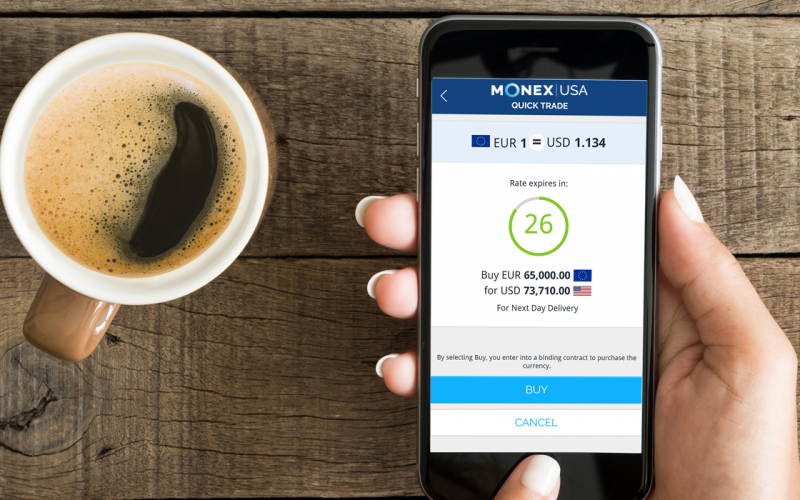How secure are your supply chains? If you’re importing raw materials or manufactured products for your business, it can be tempting to assume the people you contract with overseas are keeping shipments safe from terrorist threats. Especially now, when the public health threat of COVID-19 looms so large.
But the reality is that the U.S. continues to face grave security threats—from terrorists, transnational criminals and cybersecurity hackers. Are shipments heading your way protected from bad actors along every link in the supply chain? How well do you really know the people you’re in business with?
As the importer, you should assume responsibility for the materials coming to you—during the journey from the supplier factory to a port or land border crossing, and then during domestic travel to the final U.S. customer.
That may sound like a lot of work. But you don’t have to go it alone: The federal government’s Customs Trade Partnership Against Terrorism (CTPAT) can help ensure your suppliers are in compliance with U.S. policy. The basic goal of the voluntary public-private partnership program, which was created after 9/11, is to improve the security of shipments in the United States.
But becoming CTPAT-certified offers various benefits beyond helping to secure the nation’s borders. These include:
- Significantly reduced number of U.S. Customs and Border Protection inspections, compared to businesses that aren’t CTPAT-certified.
- Access to the Free and Secure Trade (FAST) Lanes at land borders
- Front of the line processing at ports
- Access to the Advanced Qualified Unlading Approval (AQUA) lane, which expedites clearance of sea vessels
- Ability to attend annual CTPAT supply chain security conferences
- Eligibility for other U.S. Government pilot programs, such as the Food and Drug Administration’s Secure Supply Chain program
A complete list of benefits is here.
CTPAT in a Nutshell
Let’s take a look at how CTPAT works and how it can benefit your business. CTPAT is open to U.S. importers and exporters, U.S./Canada highway carriers, U.S./Mexico highway carriers and rail and sea carriers, among others. The 11,500 CTPAT-certified members account for more than half of the total value of U.S. imports.
To be a certified member of CTPAT, you have to have secure policies and procedures throughout the whole enterprise. That involves a range of things:
- Setting business partner expectations: having requirements for suppliers and shipping companies that you contract with
- Physical security of facilities
- Personnel security: onboarding and termination procedure
- Procedural security: following documented company processes.
- Conveyance and IIT security: maintaining secure storage and conducting an inspection
- Cybersecurity: training, system updates, siloed access
- Supply chain risk assessments: monitoring, background checks, questionnaires, on-site audits
As a CTPAT program partner, you get a supply chain security specialist assigned to your company. That means having somebody who knows your company, knows your supply chain and can help you to resolve conflicts or any issues that come up between a point of origin and a U.S. port of entry.
Imagine a security issue arising on an ocean cargo ship. The security specialist with the CTPAT program could intervene to resolve things before the ship arrives at port, preventing offloading delays and disruptions to your business.
Worth the Effort?
Again, CTPAT is a voluntary program—you don’t have to be part of it. But the benefits noted above are clear. CTPAT-certified businesses experience six times fewer security inspections than non-partners, for example. And if U.S. borders are ever closed in the event of a terrorist attack, as they were after the 9/11 attacks, certified partner businesses will be the first to bring shipments through ports.
Becoming certified is not as onerous as you might think. The application process typically takes three months. The certification assessment process involves creating a multidisciplinary team responsible for meeting program requirements, and documenting security protocols at various facilities to the federal government. Within a year of certification, U.S. customs agents will perform a site validation and review security procedures.
Once certified, the benefits are automatic. You can sleep better knowing your business’ supply chains are secure and your shipments are more likely to sail through customs and arrive on time. Learn more about the CTPAT program here. And if you’re an importer looking to manage FX risks relative to your global supply chains, Monex has got you covered.





